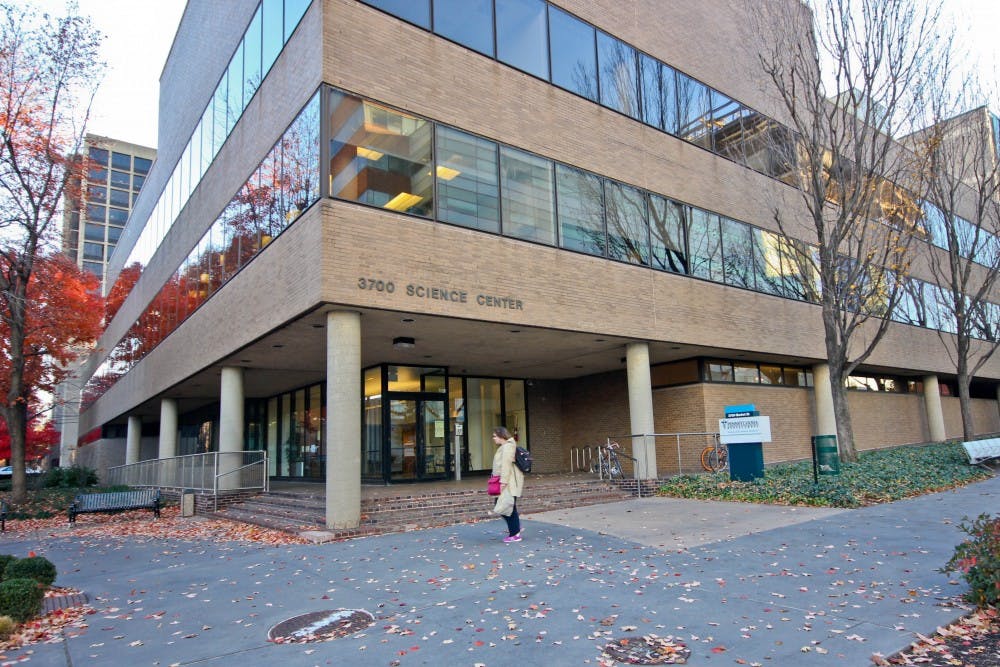
The University City Science Center's campus currently extends from 34th to 39th Streets along Market Street. (DP File Photo)
Credit: Luke ChenWhat do murder, biological warfare and gentrification all have in common? They all helped shape Penn as a world-leading institution.
“Becoming Penn,” a new book written by professor John Puckett and University Archives and Records Center Director Mark Frazier Lloyd, presents Penn’s rise to an internationally-reputed intellectual destination.
“For Penn to be attractive to … international audiences, it had to develop as a place that fostered the greatest number of incentives to students to study,” Lloyd said. Those incentives included a neighborhood that promoted learning, something that was lacking in the 1950s. According to Puckett, the 1958 murder of a Korean graduate student near campus provided the “proximate cause” to create that learning environment by expanding into West Philadelphia.
Lloyd said that while there was a national consensus that development was warranted, the displaced weren't happy. He added that even though homeowners were paid fairly, renters — who were mostly black — “were evicted rather than getting fair value for their property.”
Although Lloyd said there is “no evidence that the University was racially motivated,” Puckett said that there existed “a hubristic vision … that all Penn could do for the world was a greater good than the plight of the poor.”
At the same time, the University was increasing research to help its astronomical rise in academic prestige, culminating in the development of the University City Science Center in the 1960s. The venture was considered unpopular among students as it was implicated in two classified projects tied to the Vietnam War. War dissent became mixed with displeasure with how Penn was acquiring local land. Dissent climaxed with a sit-in at College Hall in 1969 led by student activist, and now Netter Center for Community Partnerships Director and professor, Ira Harkavy.
A success, the sit-in resulted in the foundation of the Quadripartite Commission to oversee Penn’s expansion, alongside the promise of money to help provide housing for poor locals.
“We changed the decision making processes and priorities at this institution," Harkavy said. "Nothing was destroyed, but we built a hell of a lot.”
The later establishment of Academically Based Community Service courses by Harkavy and professor Lee Benson exemplified Penn’s newfound ethos, setting about a new tradition of community engagement that still stands today.
Judith Rodin, Penn’s previous president, had made it her goal that Penn “be a world-class university.” A continued focus on West Philadelphia development, as well as placing additional funding into research and the School of Arts and Sciences, helped Penn attain that distinction, eventually resulting in a U.S. News Top 10 ranking under her administration.
For Puckett, "Becoming Penn" “presents a foundation that was missing on Penn and … other research universities that were coming into their prime.”
The Daily Pennsylvanian is an independent, student-run newspaper. Please consider making a donation to support the coverage that shapes the University. Your generosity ensures a future of strong journalism at Penn.
DonatePlease note All comments are eligible for publication in The Daily Pennsylvanian.








